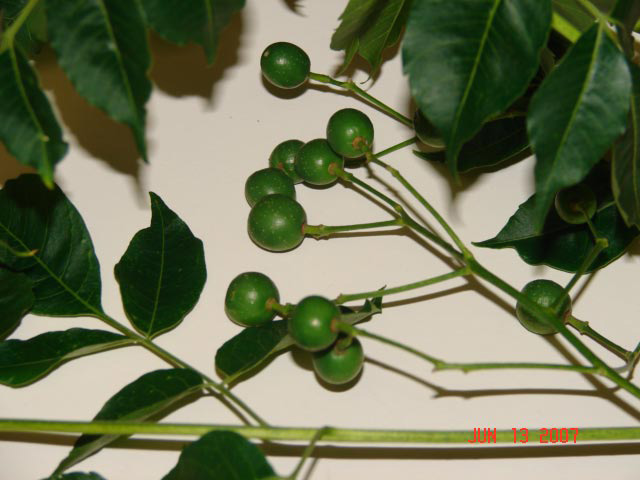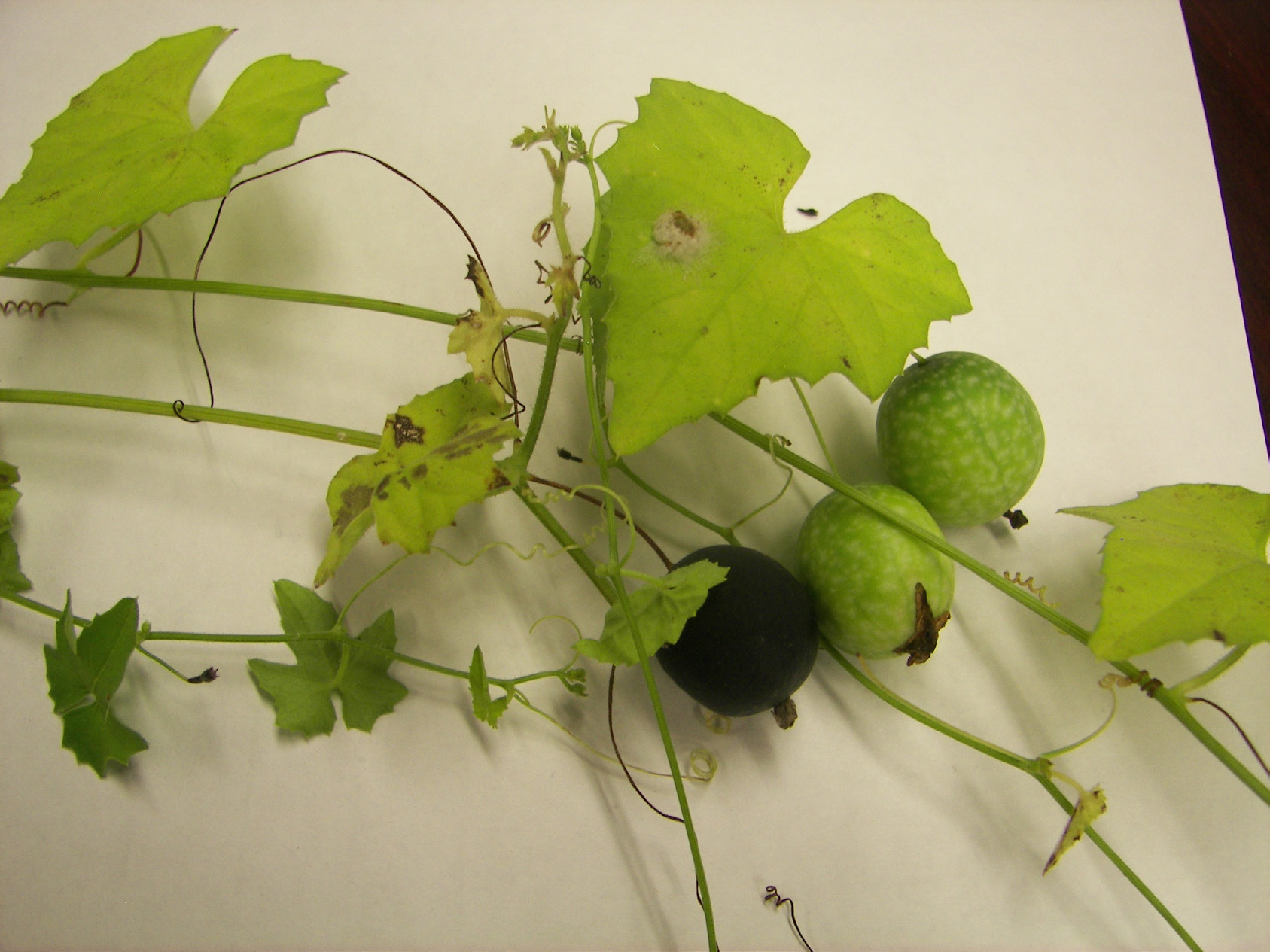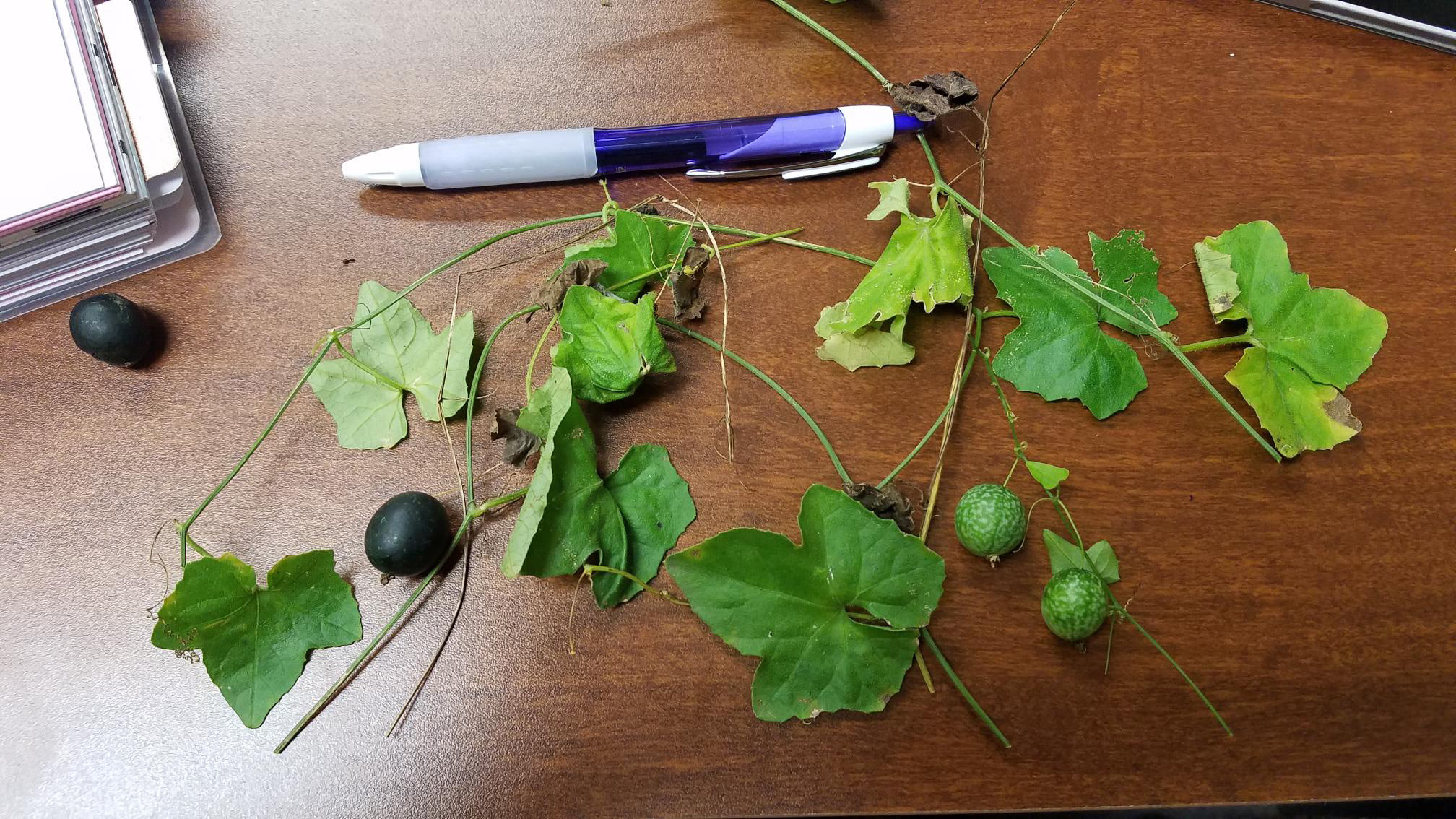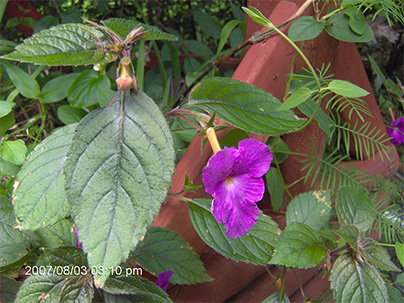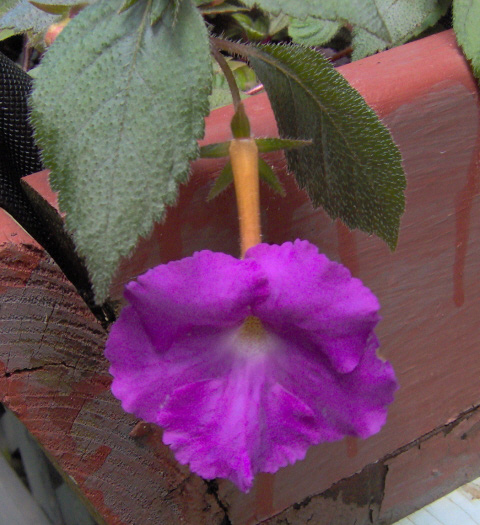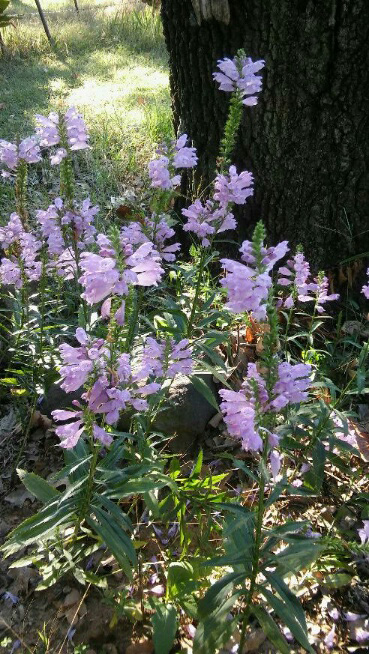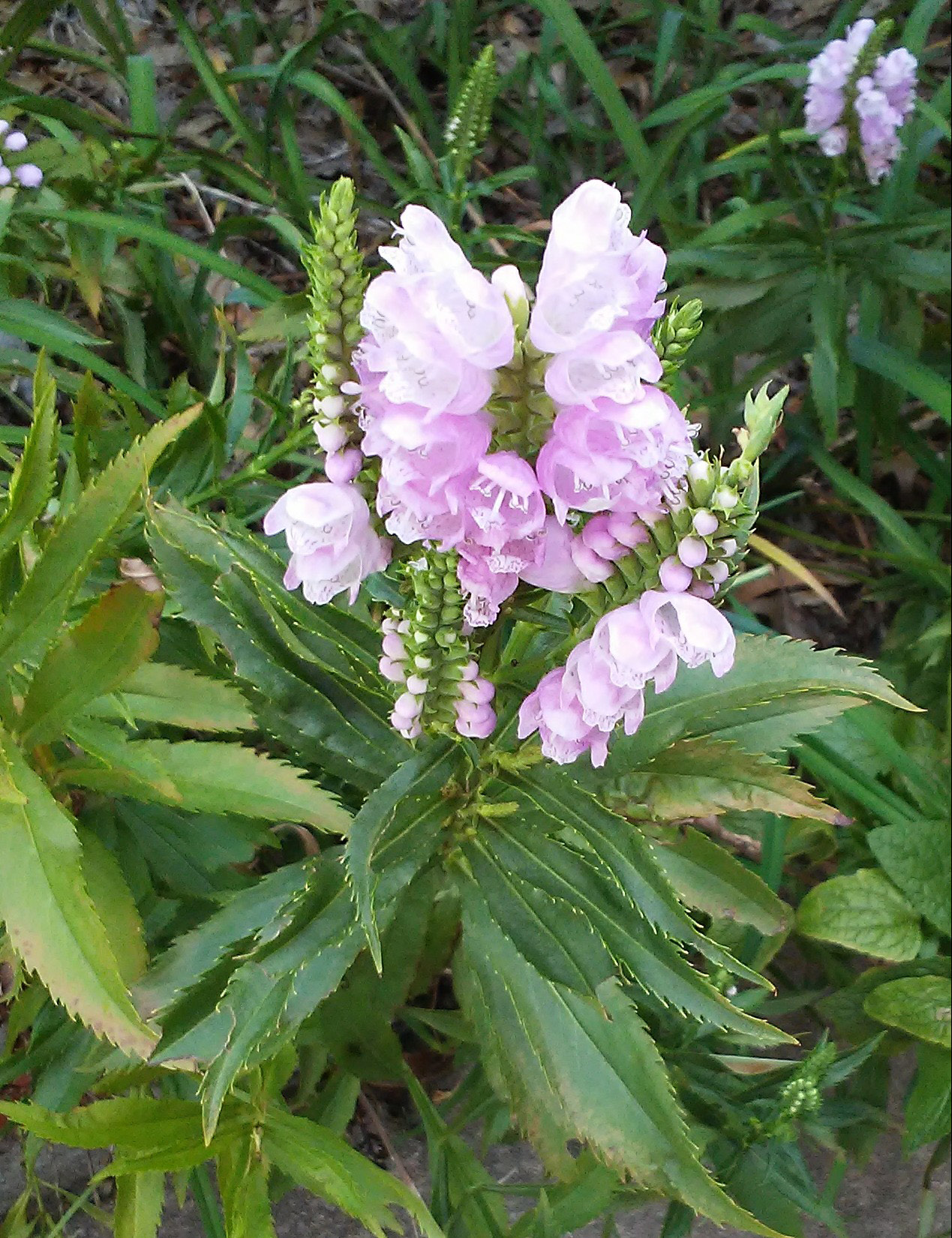Guidelines for Plant Identification
Plant lovers, gardeners and homeowners are always running into plants they are not familiar with and proper identification of those plants is the key to learning more about them. It’s important to provide a good-quality specimen and enough information about the plant to get an accurate identification. Poor samples or inadequate information can result in no identification or misidentification. There are two methods for submitting a specimen for identification – physical samples and/or images.
Submitting Physical Plant Samples for ID
For collecting a proper specimen to bring into the Extension office:
- For small plants – provide the entire flowering and fruiting plant.
- For larger plants/trees/shrubs – provide a couple of stems or twigs with leaves that show the branching pattern, preferably with flowers and fruits. If flowers and fruits are not present on the same stem, collect several samples.
- Make sure the specimen is not wilted. Wilted plants are more difficult to properly ID. Collect samples just before submitting.
- Complete and include Plant Identification Form (page 3). If mailing in the specimen, the completed form should be included with your specimen.
- Photographs to supplement a physical sample can be very helpful in identification, see “Submitting Plant Images for ID” below for instructions.
Each specimen should consist of:
- Several WHOLE leaves attached to a stem that is at least 5 inches to 7 inches long.
- Flowers or fruit if available (even if spent, withered or dried, they can still be invaluable for ID purposes).
- The larger the specimen the better, up to about 18 inches long. Leaves should represent typical foliage, not just new growth, which is often smaller and lighter in color.
Collect WHOLE leaves
- A leaf begins where a bud is attached to the twig.
- A compound leaf has leaflets; if no bud is found at the base of what appears to be a leaf attached to a stem, move further down until you find a bud at the base of the leaf stalk, everything beyond that will be the leaf.
Preparing samples by pressing them:
- Spread the plant so it looks like a picture in a book.
- Flatten your sample by placing it between sheets of newspaper (except for fruit), sandwich the newspaper between two pieces of cardboard and tie the entire package together tightly. DO NOT tape sample to paper. We need to be able to turn it over.
Mailing Samples:
- Do NOT place mailed material in plastic bags, unless you mail it early in the week and include a dry paper towel. Material in a plastic bag mailed on Thursday or Friday often arrives in a rotten mess and is unable to be identified.
- Please number each plant when submitting more than one specimen for identification. These numbers will then be used for providing corresponding identification of specimens.
- Complete one Plant Identification Form for each specimen needing to be identified.
- Plant specimens cannot be returned.
Note: Many plants have similar characteristics and it is rarely possible to identify them from leaves alone. Therefore, it is important to supply representative portions of the plant for correct identification, particularly flowering parts and seedpods.
Send specimen and Plant Identification Form to:
Plant Identification
358 Agricultural Hall
Stillwater, OK 74078
Submitting Plant Images for ID
Good images often can provide quicker identification than submitting physical samples. The following guidelines are essential for a proper ID to be made. You can e-mail digital images or put hard copies in with a physical sample. Care must be taken to place the prints in a separate zipper-type plastic bag to ensure they won’t get wet or otherwise damaged when submitting with a physical sample. Please include the date the image was taken.
Tips for submitting good images:
- Photograph the whole plant and site conditions. Step back and take a picture of the entire plant. A picture of where the plant is growing also can be very helpful, for example, in the landscape, in the woods, along the road, in a field, in full sun, in shade, etc.
- Include close-ups of leaves, stems, buds, bark, fruit and flowers if any. Take caution in getting too close, which often results in a blurry picture.
- Provide scale – placing a common object (such as a quarter/ruler/pencil) next to the specimens can aid in scale or size of the plant parts.
- Images MUST be clear and in focus! Please do not send blurry pictures. The higher the resolution, the better. Flatbed scanners are great for taking clear images and can be used to zoom in to see details.
- Send images along with OSU Plant Identification Form to: david.hillock@okstate.edu – put “Plant ID” in the subject line.
OSU Plant Identification Form
Send samples to:
Plant Identification
358 Ag Hall
Stillwater, OK 74078
Email: david.hillock@okstate.edu
Subject line - “Plant ID”
Additional Resources:
- Submitting Plant Samples for Identification
- Collecting Insect Samples
- Submitting Plant Samples for Diagnosis
| Example Image | Example Reasoning |
|---|---|
| Images that are too blurry, out of focus, too small or low resolution are typically unable to be identified. | |
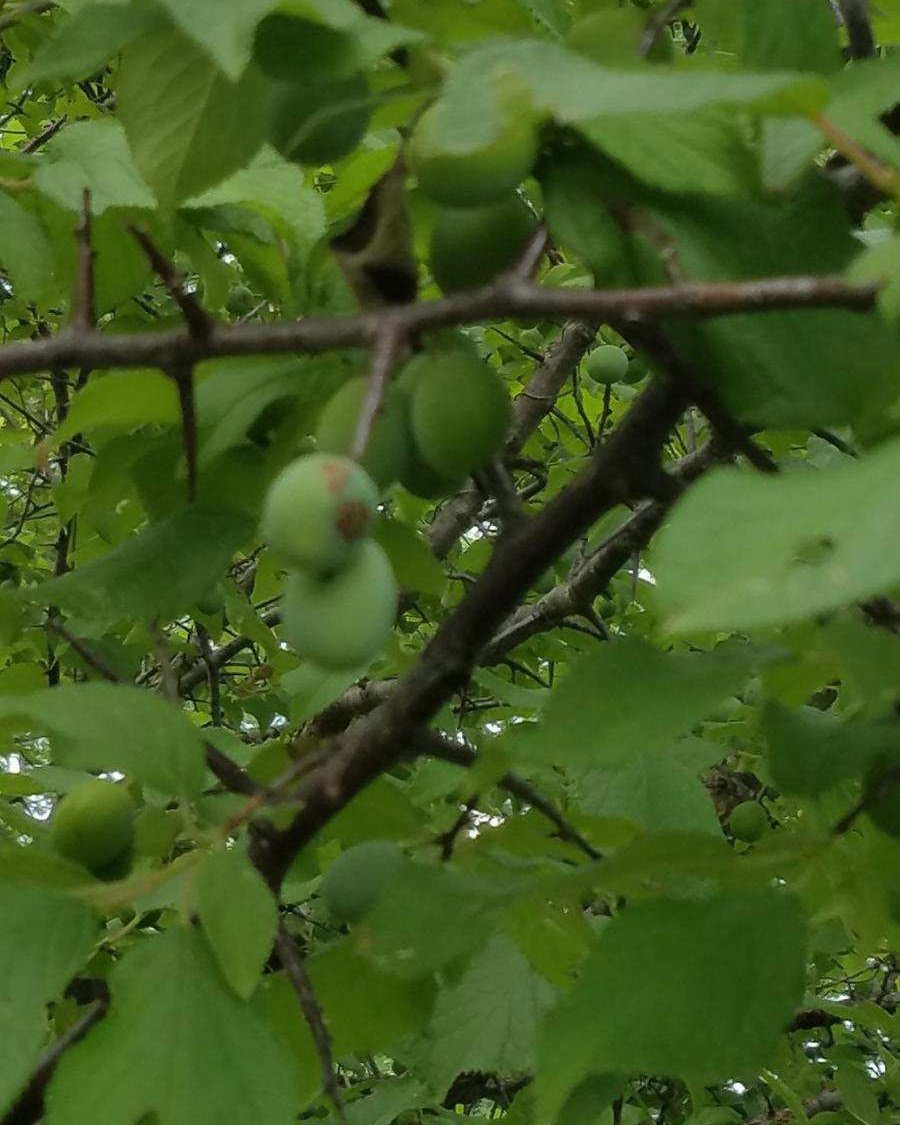 |
This image is blurry and does not show leaves or fruit very well. |
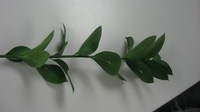 |
This image is too low resolution. |
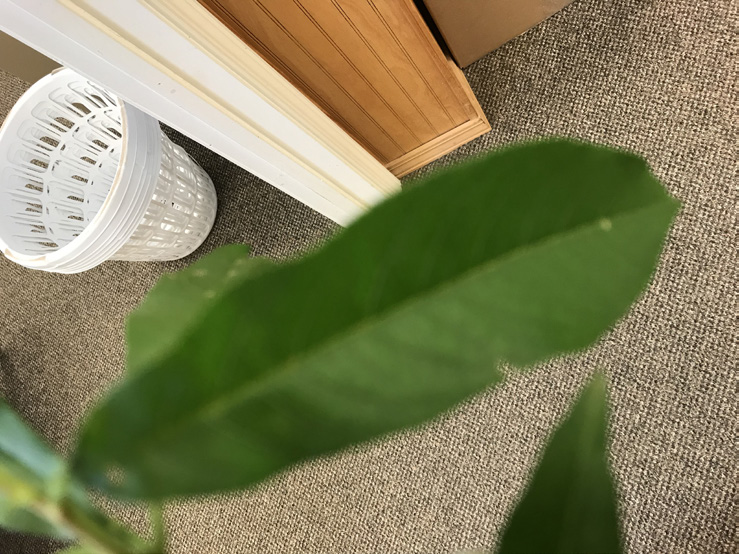 |
This image focuses on the background, so the leaf is blurry and does not provide enough of the whole plant. |
| Example Image | Example Reasoning |
|---|---|
|
|
Multiple quality images submitted - the top photo is one of a good, pressed specimen from a tree and the bottom photo is a up-close image of fruit. |
|
|
Quality up-close images that show it is a vine with fruit, and leaves with contrasting background. Bottom image also includes a pen for scale. |
|
|
The top image shows this is a cultivated landscape plant growing in someone’s garden. However, it is hard to determine which plant is needing to be identified and which leaves go to the flower. The bottom image clarifies this and shows the pubescent nature of the leaves. |
|
|
The top image shows this plant is growing in the shade, while the bottom, up-close image helps show the leaf shape and arrangement and flowers. |


